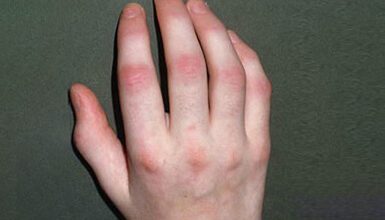Cataract Symptoms, Causes, Diagnosis and Treatment

What is cataract?
The medical term cataract is characterized as blurred or clouded vision of the eye. Such clouding of the eye’s lens tends to cause difficulty seeing things. Moreover, it can cause difficulty to drive and read as well. Usually, cataract develops gradually without disturbing the vision in the beginning. However, with time, it ultimately affects you ability to see.
Initially, eyeglasses and stronger lighting can help deal with the condition, though in case impaired vision affects your daily activities, then your doctor can suggest cataract surgery which is an effective and safe procedure.
What are the symptoms of cataract?
Few common symptoms include:
- Dim, blurred or clouded vision.
- Yellowing or fading of colors.
- Sensitivity to glare and light.
- Increasing problem with eye sight at night.
- Dual vision in an eye.
- Recurrent changes in contact lens and eyeglass prescription.
What causes cataract?
Usually, cataracts tend to develop when a person ages. Moreover, an eye injury is also considered to cause cataract as it changes the responsible tissues which makes up the lens of an eye. Few cases of cataracts are inherited; whilst others are triggered by certain medical conditions for example eye conditions, trauma and diabetes. Taking steroid drugs for a longer period of time can also cause cataracts.
What are the risk factors of cataract?
Certain risk factors of cataract are:
- Diabetes.
- Increasing age.
- Excessive consumption of alcohol.
- If cataract runs in family.
- Excessive sun exposure.
- Ionizing radiation exposure.
- Obesity.
- High blood pressure.
- Smoking.
- Taking corticosteroid drug for a longer period of time.
- Previously had an eye surgery.
- Previous eye inflammation or injury.
How is cataract diagnosed?
In order to diagnose cataract, the doctor will need the patient’s medical history. Moreover, he will also ask regarding his or her symptoms and will carefully examine the eye. Few tests that the doctor would suggest include:
- Visual acuity test.
- Slit-lamp examination.
- Retinal examination.
How is cataract treated?
Surgery is the only treatment option for cataract. The surgeon removes the patient’s clouded lens, instead places an artificial clear lens called intraocular lens. The artificial lens then becomes a permanent part of the patient’s eye.
Prevention:
Clearly, there is no proven way that can help slow down the progression or prevent cataract. Though, according to the doctors, certain strategies can be effective such as:
- Quit or limit smoking.
- Quit or reduce the consumption of alcohol.
- Eye examination must be done on regular basis. Contact your doctor to ask how often it is necessary.
- Avoid excessive sun exposure.
- Wear sunglasses to avoid harmful ultraviolet light.
- Manage or treat other health conditions that make you more likely of cataracts.
- Maintaining a normal weight is very important, if you feel you are overweight, exercise to cut off the extra pounds!
- Consume a diet which includes fresh vegetables and fruits. Be regular with your meals and avoid skipping.
By : Natural Health News




